Introduction
Welcome to our guide on building a robust ETF (Exchange-Traded Fund) portfolio. This article aims to answer one of the most frequently asked questions: “How do I construct an ETF portfolio?” With insights from industry experts and practical tips, you’ll learn how to create a diversified and resilient investment strategy using ETFs. For those who prefer selecting individual stocks, it is crucial to first understand what type of investor you are. To help with this, we have created three articles summarizing the three main types of investors: Value Investors, Growth Investors, and GARP Investors.
Understanding ETFs
How ETFs Work
ETFs (Exchange-Traded Funds) are baskets filled with stocks from various companies, designed to closely mimic the performance of a specific index, such as the CAC 40 or the S&P 500.
The Two Types of ETFs
Physical ETFs
Physical ETFs directly purchase all the stocks that make up the index they aim to replicate. For example, an ETF tracking the S&P 500 would buy shares from the 500 companies in that index.
Risks:
- Physical ETFs often lend out their stocks to earn extra income to cover management fees. If the borrower defaults, the ETF might incur a loss.
- To mitigate this risk, ETFs usually require collateral higher than the value of the lent stocks. For instance, the Amundi CAC 40 ETF has a 115% collateral coverage, providing some reassurance.
Synthetic ETFs
Synthetic ETFs do not directly buy the stocks of the index. Instead, they purchase a different portfolio of stocks and enter a swap (a financial contract) with another company to obtain the performance of the desired index.
Risks:
- There is a risk that the counterparty (the company with whom they have the swap) might default. However, European regulations limit this risk to 10% of the ETF’s value.
- Synthetic ETFs diversify this risk by working with multiple counterparties.
Distinctions and Security:
- Physical ETFs: Hold the actual stocks of the index.
- Synthetic ETFs: Use swaps to replicate the index and can include non-European stocks while remaining eligible for an Equity Savings Plan.
ETFs are legally separate entities from the companies that issue them, so if the issuer goes bankrupt, the ETFs are not directly affected. Their assets are kept separately in a custodian bank.
Capitalizing vs. Distributing ETFs: Which to Choose?
When selecting ETFs, you have the choice between capitalizing (accumulating) ETFs and distributing ETFs.
Capitalizing ETFs
A capitalizing ETF reinvests the dividends received from the companies it holds back into the ETF. This reinvestment process can enhance the compounding effect, allowing the ETF to grow faster over time.
Example:
- An ETF tracking the S&P 500 receives dividends from some of the 500 companies it holds. The ETF manager uses this cash to buy more shares of the S&P 500 companies, leading to more dividends and further reinvestments.
Distributing ETFs
A distributing ETF pays out the dividends it receives directly to the investors. While this provides immediate income, it can slow the growth of the investment due to less compounding and potential tax implications.
Disadvantages of Distributing ETFs:
- Reduced Compounding: Since the dividends are paid out, the “snowball effect” of reinvested earnings is diminished.
- Taxation: Dividends received are subject to taxes, further reducing the overall growth of the investment.
Constructing an ETF Portfolio
The Foundations
Building a solid ETF portfolio starts with strong foundations. These foundational ETFs, known as the “core” of your portfolio, should cover a broad range of companies to capture the average market performance.
Key Core ETFs:
- MSCI World: Comprising 1,465 companies covering 85% of the market capitalization of 23 developed countries, with a significant 70% weight on U.S. stocks.
- S&P 500: Includes the 500 largest U.S. companies, representing the driving force of the global financial market.
Adding Color to Your Portfolio
Once the core ETFs are established, you can personalize your portfolio with “satellite” ETFs. These are more focused and can help seek outperformance based on your specific convictions.
Types of Satellite ETFs:
- Geographic ETFs: Expand your exposure by adding ETFs that focus on specific regions or emerging markets.
- Sectoral or Thematic ETFs: Invest in specific sectors such as healthcare, artificial intelligence, renewable energy, or water.
- Size-based ETFs: Include ETFs that target small and mid-cap companies to capitalize on their growth potential.
Essential Criteria for Choosing ETFs
- The Reference Index: Determines the ETF’s composition, including geographical areas, sectors, and company size.
- Management Fees: On average, ETF management fees are around 0.37%, significantly lower than the approximately 2% for active funds.
- Retirement Savings Plans Eligibility: Invest in ETFs through various tax-advantaged accounts like life insurance, brokerage accounts, and retirement savings plans.
- ETF Issuer: Prefer reputable issuers for better security and transparency.
- ETF Assets Under Management (AUM): Higher AUM means better liquidity. Aim for ETFs with at least €500 million in AUM.
- Dividend Policy:
- Capitalized: Dividends are automatically reinvested.
- Distributed: Dividends are paid out as income.
- Currency Risk Hedging: “Hedged” ETFs protect against currency fluctuations.
- ESG Criteria: Look for ETFs labeled ESG, SRI, or Paris Aligned if you prioritize environmental, social, and governance criteria.
- Replication Method:
- Physical: The ETF holds the actual securities.
- Synthetic: The ETF uses derivatives to mimic the performance.
- Replication Quality: The “tracking difference” measures how closely an ETF follows its index. A lower tracking difference is better.
Smart Beta ETFs
What is Smart Beta?
Smart Beta ETFs aim to outperform traditional indices by applying specific filters to exclude underperforming companies and increase the weight of better-performing ones.
Seven Smart Beta Factors
- Quality: Focus on companies with high return on equity, earnings growth, and low debt.
- Value: Target undervalued companies with strong fundamentals.
- Momentum: Select companies that have performed well in the recent past.
- Low Volatility: Choose companies with lower than average market volatility.
- Dividend: Invest in companies with above-average dividend yields.
- Growth: Focus on companies with high growth potential.
- Size: Equal weight all companies in the index.
Top ETFs for a Brokerage Account
Here are the best ETFs for a brokerage account:
- Amundi MSCI World V UCITS ETF Acc
- iShares Core MSCI World UCITS ETF USD
- Amundi S&P 500 II UCITS ETF Acc
- Invesco EQQQ Nasdaq-100 UCITS ETF
- iShares Core MSCI EM IMI UCITS ETF
- Amundi Stoxx Europe 600 UCITS ETF Acc
- iShares MSCI World Small Cap UCITS ETF
- Franklin FTSE India UCITS ETF
- Xtrackers Russell 2000 UCITS ETF 1C
- Invesco Physical Gold A
Conclusion
Creating an ETF portfolio involves a strategic blend of core and satellite ETFs to achieve diversification and personalized investment goals. By understanding the fundamentals and making informed choices, you can build a portfolio that is robust, flexible, and aligned with your financial objectives.
If you want to start investing directly, consider using our affiliate link for Trade Republic: Trade Republic which is the best option for ETFs. By using this link, you will receive a €10 bonus in shares as a gift.
For further insights and detailed strategies on stocks investing, consider reading “The Art of Unearthing Gems in the Stock Market. This book offers in-depth insights into the best decision-making processes used by top portfolio managers. Please note that this is an affiliate link, and I will earn a commission if you purchase the book through it.
Stay tuned for more expert advice and join our community of informed investors by subscribing to our newsletter. Happy investing! To join us, simply click the “Join our newsletter” button at the top right for free analyses, ideas, and lessons. To receive alerts for taking positions, lightening, and selling, you can either subscribe to the newsletter or pay for access via the following link.

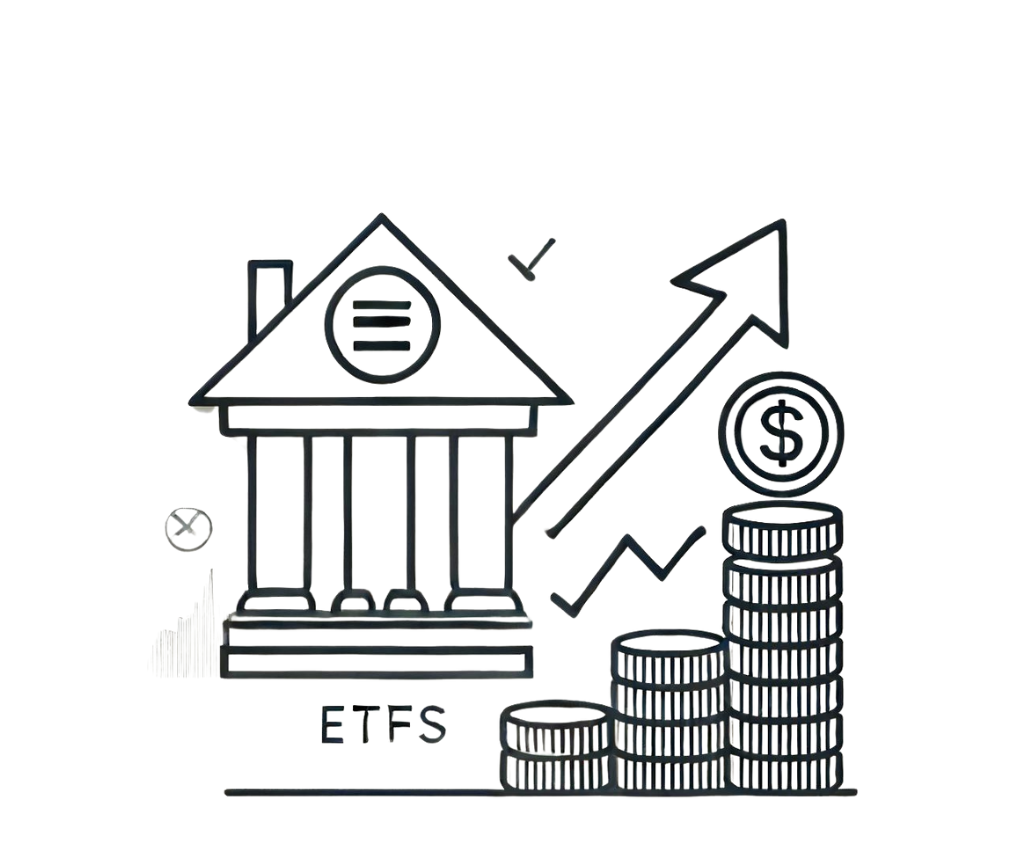

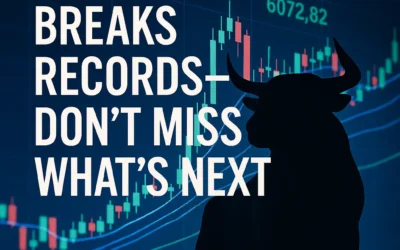

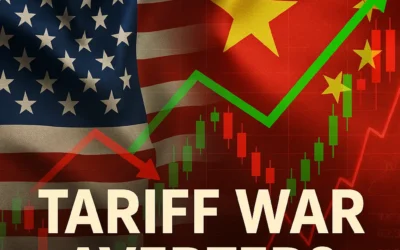
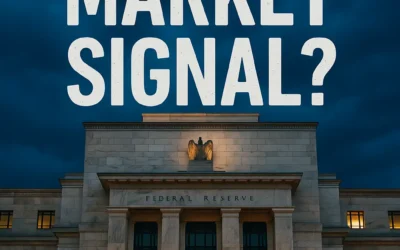
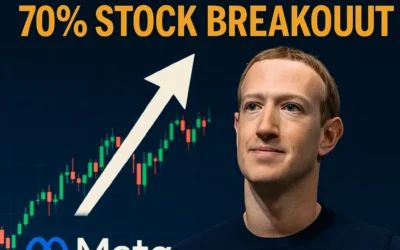

0 Comments